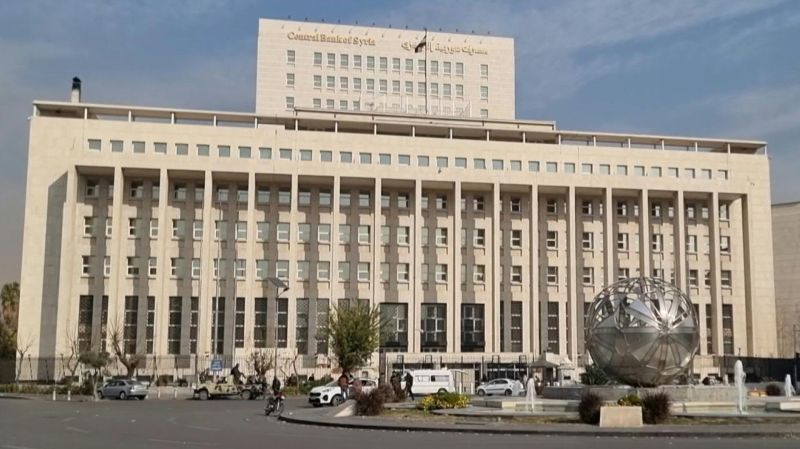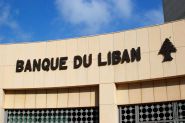
The Central Bank of Syria has given domestic banks a six-month deadline to fully provision their claims on the Lebanese banking sector, estimated at $1.6 billion, according to a circular cited by Reuters.
The directive does not specify the exact nature of these claims – whether deposits, placements or financial investments – making their assessment even more complex. These amounts, considered potential losses by Damascus, account for a significant share of the $4.9 billion in deposits held by Syria’s commercial banks, according to 2024 financial reports published by the Damascus Stock Exchange.
During the civil war, Syrian banks turned to Lebanon due to a lack of alternatives caused by Western sanctions. Since Bashar al-Assad’s fall, some restrictions have been partially lifted, but the banking system remains fragile.
In response to the new requirement, several banks are seeking new investors or exploring acquisitions abroad. “They must present a credible restructuring plan. The countdown has begun,” warned Central Bank Governor Abdelkader Husriyeh, adding that partnerships with Lebanese banks or international institutions remain possible.
A Technical Accounting Requirement
Given the small number of banks still operating in Syria and the scale of the claims involved, it is reasonable to question whether they can shoulder such a financial burden on their own – amounting to several hundred million dollars per institution.
Lebanese banks had already separated their balance sheets and operations from the Syrian banking sector before 2019 to avoid the impact of international sanctions. Nevertheless, they have maintained a presence in Syria through stakes in local banks, awaiting an improvement in the economic climate. Today, four Syrian banks are partially owned by Lebanese institutions.
The Central Bank of Syria’s circular is strictly technical and carries no political intent. It implements IFRS 9 standards, adopted in 2018, which marked a major shift in global banking practices. These standards fundamentally changed the way banks assess their assets, making balance sheets more transparent and reflective of actual risks. Compared with the previous IAS 39 framework, IFRS 9 also modernized hedge accounting, enabling a more accurate evaluation of risk management strategies.





Comments